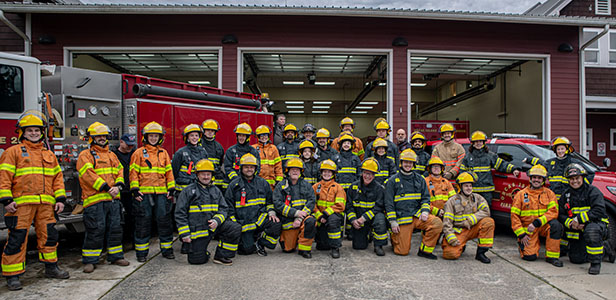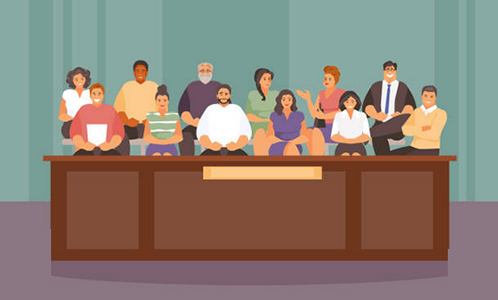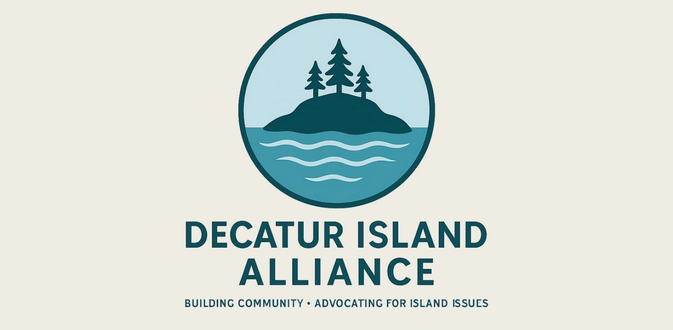By Susan Zemek, from Washington State Recreation and Conservation Office
The Washington Salmon Recovery Funding Board today [Dec. 10] announced the award of $19.2 million in grants to organizations around the state to restore and protect rivers and other waterways in an effort to bring salmon back from the brink of extinction.
“These grants are very important in Washington,” said Don “Bud” Hover, chair of the state funding board. “They give local groups the money they need to fix the rivers, estuaries and bays in their communities and they put local people to work.”
Grant recipients will use the money to reconnect rivers and streams, remove barriers that prevent salmon from migrating and replant riverbanks to shade and cool the water, creating places for salmon to reproduce, feed, rest and hide from predators.
Recent Oregon studies showed that every $1 million spent on watershed restoration results in 15-33 new or sustained jobs, $2.2 million to $2.5 million in total economic activity, and that 80 percent of grant money is spent in the county where the project was located.
Using the Oregon study formula, these new grants are estimated to provide more than 280 jobs during the next four years and more than $48 million in economic activity as grant recipients hire contractors, crews, and consultants to design and build projects, including field crews to restore riparian and shoreline areas.
Grants were given to organizations in the following counties:
Asotin County Organizations……………. $703,449
Chelan County Organizations………… $1,215,675
Clallam County Organizations……….. $1,169,524
Clark County Organizations……………… $322,008
Columbia County Organizations……….. $497,279
Cowlitz County Organizations………… $1,238,898
Garfield County Organization…………… $283,272
Grays Harbor County Organizations….. $669,754
Island County Organizations…………….. $278,350
Jefferson County Organizations……… $1,072,233
King County Organizations……………. $1,343,892
Kitsap County Organizations………………. $25,000
Kittitas County Organizations…………… $159,980
Klickitat County Organizations…………. $545,000
Mason County Organizations…………… $460,152
Okanogan County Organizations………. $737,325
Pacific County Organizations……………. $250,348
Pend Oreille County Organizations…… $353,303
Pierce County Organizations…………. $1,099,083
San Juan County Organizations………… $310,634
Skagit County Organizations………….. $1,811,586
Skamania County Organizations……….. $269,921
Snohomish County Organizations……… $888,136
Thurston County Organizations………… $830,928
Wahkiakum County Organizations……. $786,313
Walla Walla County Organizations…… $114,400
Whatcom County Organizations……….. $723,772
Yakima County Organizations……….. $1,089,620
Salmon populations in Washington have been declining for generations. As Washington grew and built its cities and towns, it destroyed many of the places salmon need to live. In 1991, the federal government declared the first salmon, Snake River sockeye, as endangered. By the end of that decade, populations had dwindled so much that salmon and bull trout were listed as threatened or endangered in three-quarters of the state. Those listings set off a series of activities including the formation of the Salmon Recovery Funding Board to oversee the investment of state and federal funds for salmon recovery.
Local watershed groups, called lead entities, are local consortiums that include tribes, local governments, nonprofits and citizens all working together to spearhead local salmon recovery efforts. They encourage and review project proposals and make decisions about which projects to forward to the Salmon Recovery Funding Board for funding. The projects are based on regional salmon recovery plans, which are approved by the federal government. Individual projects are reviewed by regional salmon recovery organizations and the Salmon Recovery Funding Board’s technical review panel to make sure each project will help recover salmon in the most cost-effective manner.
“This process of local groups identifying what needs to be fixed in their communities to improve salmon populations and developing recovery plans that are approved by the federal government has served as a powerful example of successful salmon recovery implementation on the West Coast,” Hover said. “This process ensures that we fund the projects that the local citizens feel are most important and that scientists agree will do the most to recover salmon.”
“The more than a decade of work to recovery salmon seems to be working,” said Kaleen Cottingham, director of the Recreation and Conservation Office, which administers the grants. “Across the state, many salmon populations have stopped declining. In some areas, salmon populations appear to be on the rise. In about a month, we’ll be releasing a detailed report online that will show the progress being made so people can look at the Web and see how salmon are doing in their county. The results are encouraging.”
Funding for the grants comes from the federal Pacific Coastal Salmon Recovery Fund and the sale of state bonds. In addition, nearly $1 million came from the Puget Sound Acquisition and Restoration Fund, which is dedicated to projects in Puget Sound that support Governor Chris Gregoire’s initiative to restore the health of Puget Sound.
“Salmon recovery isn’t just about the salmon. By improving our lakes, streams, rivers and ecosystem we are also supporting human health, economic health, and our quality of life,” said Anthony Wright, executive director of the Puget Sound Partnership, the state agency leading the recovery of Puget Sound. “This is not something we can leave for the next generation to figure out.”
“Healthy salmon populations mean a healthy Washington,” said Hover, who also is an Okanogan County commissioner. “What salmon need to survive is good for other wildlife and for humans. And it’s good for businesses.”
A Washington Department of Fish and Wildlife study in 2006 pegged the economic impacts of commercial and recreational fishing in Washington as supporting an estimated 16,374 jobs and $540 million in personal income.
“Our congressional delegation has been working hard to ensure that salmon recovery funding stays a priority in the federal budget,” Hover said. “Without their efforts, Washington wouldn’t be making any progress and in fact, salmon populations likely would have continued to decline. It takes the effort of people at all levels – in the communities and at the state and federal level to begin to make a difference.”
Information about the Salmon Recovery Funding Board and the Recreation and Conservation Office is available online at www.rco.wa.gov.
For additional information, contact Barbara Rosenkotter, the Lead Entity Coordinator for Salmon Recovery in San Juan County at barbarar@sanjuanco.com or 360-370-7593.
**If you are reading theOrcasonian for free, thank your fellow islanders. If you would like to support theOrcasonian CLICK HERE to set your modestly-priced, voluntary subscription. Otherwise, no worries; we’re happy to share with you.**








What projects will this grant support in San Juan County?